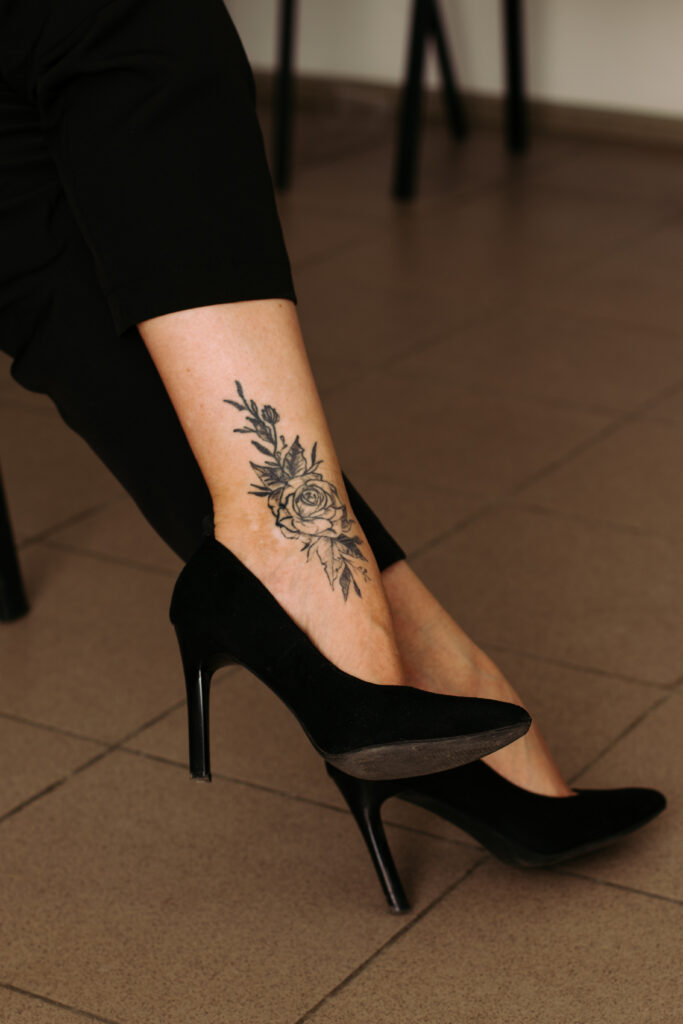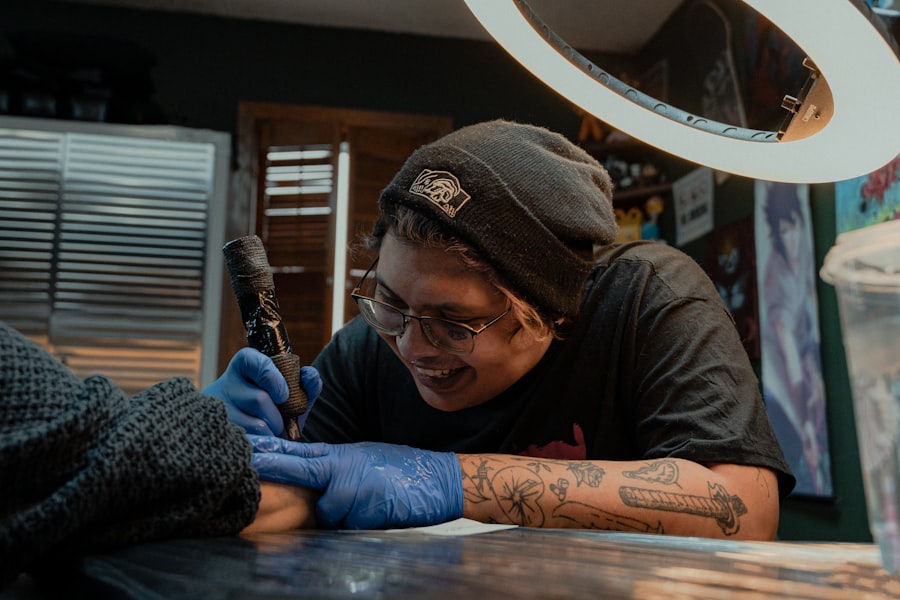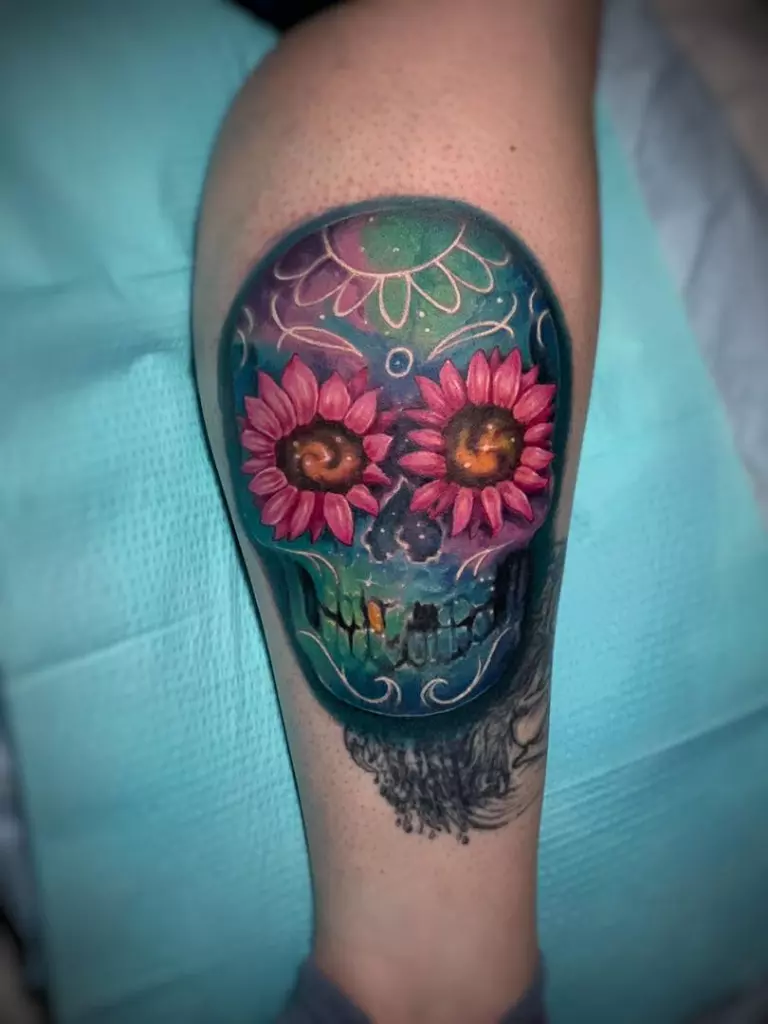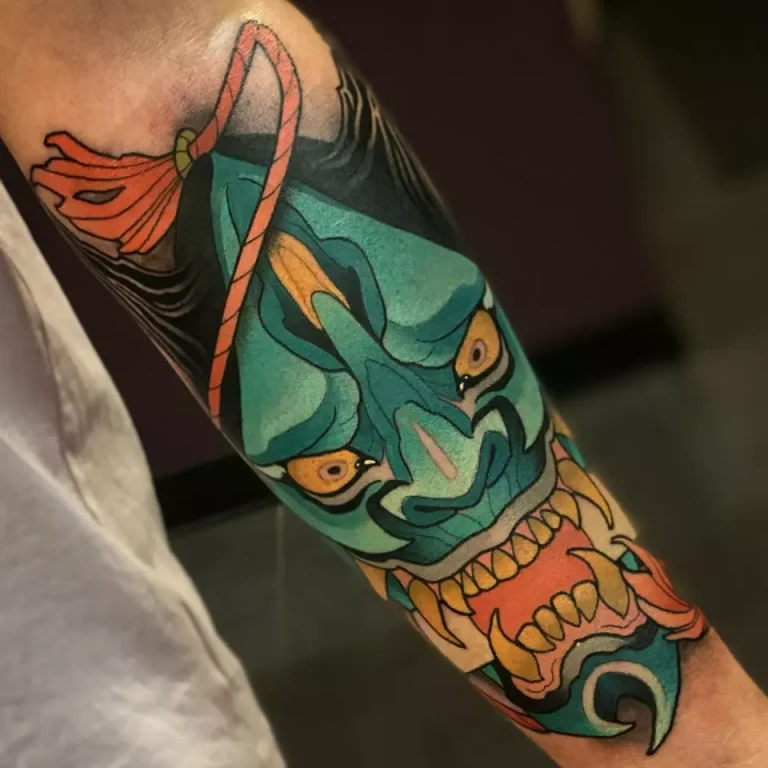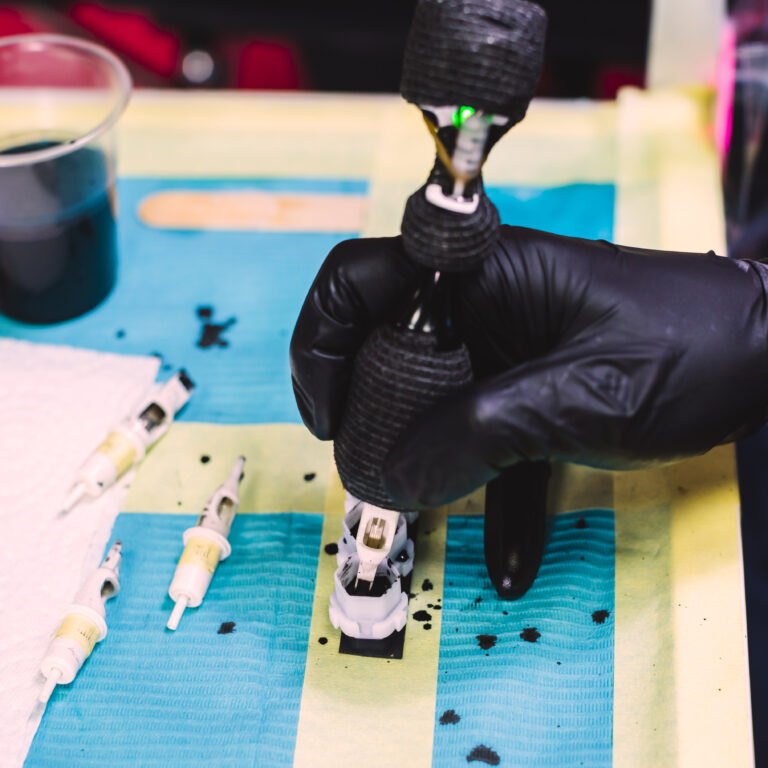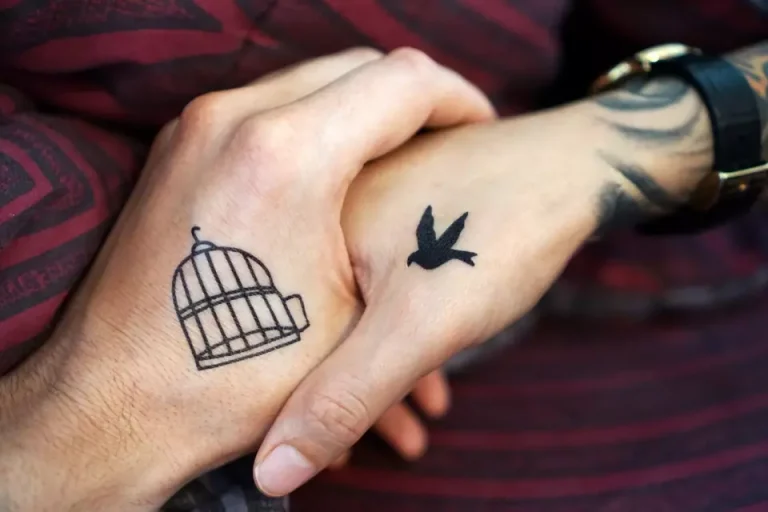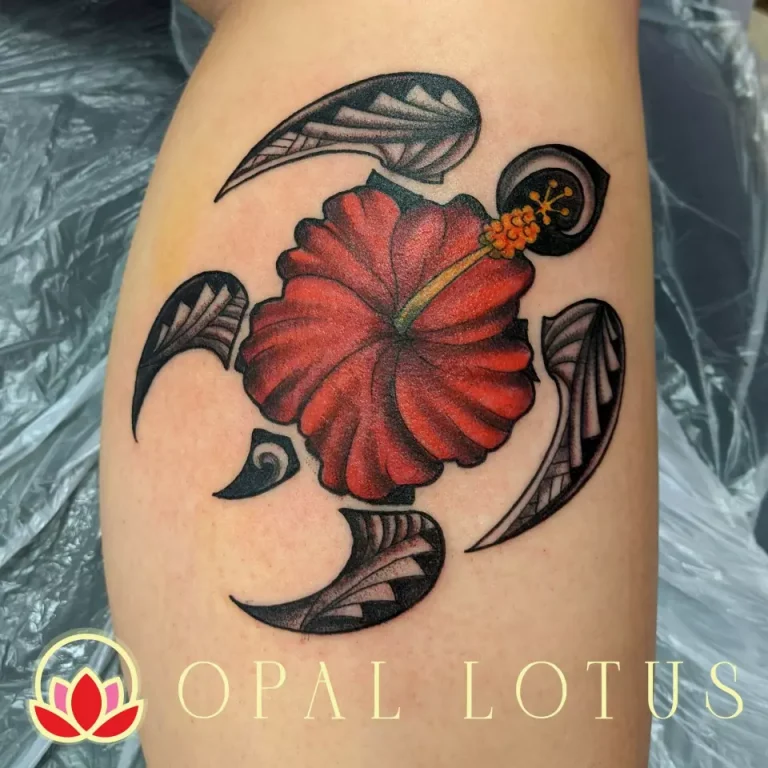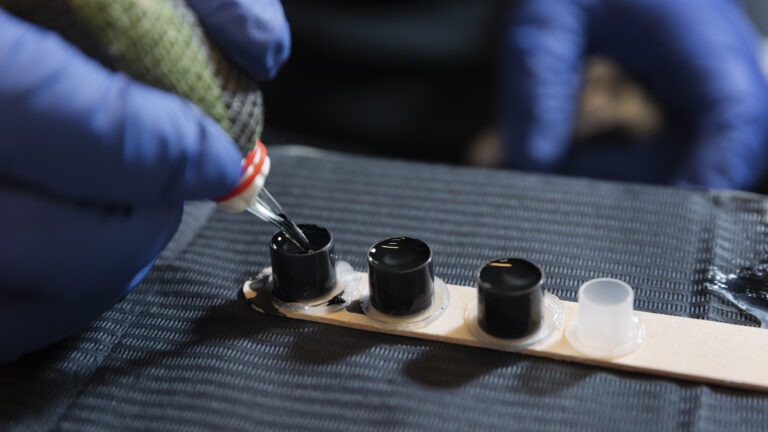In recent years, there has been a notable shift in the corporate landscape, with an increasing number of workplaces becoming more accepting of tattoos. This transformation reflects broader societal changes, where personal expression is increasingly valued and embraced. The rise of tattoo-friendly workplaces can be attributed to various factors, including the growing influence of younger generations in the workforce, who often view tattoos as a form of art and self-expression rather than a stigma.
As these individuals ascend to leadership positions, their perspectives are reshaping company cultures and policies. Moreover, the creative industries have long been at the forefront of this movement, with many companies recognizing that a diverse workforce—including those with tattoos—can foster innovation and creativity. This acceptance is not limited to artistic fields; even traditionally conservative sectors are beginning to relax their dress codes and grooming standards.
As a result, employees feel more comfortable showcasing their individuality, leading to a more authentic and engaged workforce. The rise of tattoo-friendly workplaces signifies a broader cultural shift towards inclusivity and acceptance, paving the way for a more diverse professional environment.
Key Takeaways
- More workplaces are becoming open to employees with tattoos, reflecting a shift in societal attitudes towards body art.
- Houston is experiencing a growing acceptance of tattoos in professional settings, with more employers embracing diversity and individual expression.
- Job seekers in Houston can use strategies such as researching company culture and seeking out industries known for being tattoo-friendly to find employers who are accepting of body art.
- When presenting tattoos in job interviews, it’s important to consider the company culture and dress code, and to be prepared to discuss the meaning and significance of your tattoos if asked.
- Embracing diversity and allowing employees to express themselves through tattoos can benefit Houston’s job market by attracting a wider range of talent and fostering a more inclusive work environment.
Changing Attitudes Towards Tattoos in the Workplace
The changing attitudes towards tattoos in the workplace are indicative of a larger societal evolution. Historically, tattoos were often associated with rebellion or nonconformity, leading to negative perceptions in professional settings. However, as tattoos have become more mainstream, these outdated stereotypes are gradually fading.
Many employers now recognize that an individual’s skills and qualifications far outweigh any preconceived notions about their appearance. This shift is particularly evident in industries where creativity and personal expression are valued. Furthermore, studies have shown that employees with tattoos can bring unique perspectives and experiences to the table, enhancing team dynamics and problem-solving capabilities.
As organizations strive to create inclusive environments that celebrate diversity, the acceptance of tattoos is becoming a natural extension of these efforts. Companies are increasingly understanding that embracing individuality can lead to higher employee satisfaction and retention rates. This changing attitude not only benefits those with tattoos but also enriches the workplace culture as a whole.
Houston’s Growing Acceptance of Tattoos in Professional Settings

Houston stands out as a city that embodies this growing acceptance of tattoos in professional settings. The city’s vibrant arts scene and diverse population contribute to an environment where personal expression is celebrated. Many local businesses, from tech startups to creative agencies, have adopted more relaxed policies regarding visible tattoos.
This trend is particularly pronounced among younger companies that prioritize innovation and creativity over traditional corporate norms. Moreover, Houston’s economic landscape is evolving, with an increasing number of industries recognizing the value of a diverse workforce. As companies compete for top talent, they are more inclined to adopt inclusive practices that resonate with potential employees.
This shift is evident in job postings that explicitly mention a welcoming attitude towards tattoos, signaling to candidates that their individuality will be respected. As Houston continues to grow as a hub for various industries, the acceptance of tattoos is likely to become even more prevalent.
Strategies for Finding Tattoo-Friendly Employers in Houston
For job seekers in Houston with tattoos, finding tattoo-friendly employers can be a strategic endeavor. One effective approach is to research companies known for their progressive workplace cultures. Online platforms such as Glassdoor and LinkedIn can provide insights into company values and employee experiences.
Additionally, networking within local communities or attending industry events can help individuals connect with like-minded professionals who may have firsthand knowledge of tattoo-friendly employers. Another strategy involves leveraging social media to identify companies that celebrate diversity and inclusivity. Many organizations showcase their workplace culture on platforms like Instagram or Facebook, offering glimpses into their values and employee experiences.
Job seekers can also consider reaching out directly to potential employers to inquire about their policies regarding visible tattoos. By being proactive and informed, individuals can better navigate the job market and find workplaces that align with their values.
Tips for Presenting Your Tattoos in Job Interviews
When it comes to job interviews, presenting tattoos in a professional manner can be crucial for making a positive impression. One effective tip is to choose attire that complements your tattoos while maintaining a polished appearance. For instance, wearing long sleeves or strategically placed accessories can help balance personal expression with professionalism.
This approach allows candidates to showcase their individuality without overwhelming potential employers. Additionally, being prepared to discuss your tattoos during the interview can demonstrate confidence and self-awareness. If asked about your tattoos, consider sharing the meaning behind them or how they reflect your personality.
This not only provides insight into your character but also allows you to steer the conversation towards your qualifications and skills. Ultimately, presenting your tattoos thoughtfully can help create a memorable impression while reinforcing your professional capabilities.
The Impact of Tattoos on Career Advancement in Houston
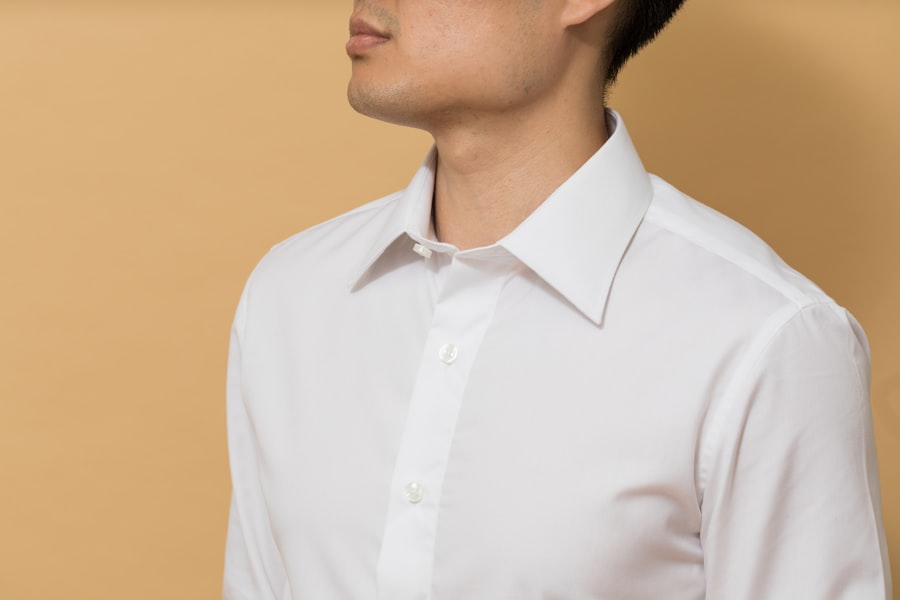
The impact of tattoos on career advancement in Houston is multifaceted and varies across industries. In some sectors, visible tattoos may still carry a stigma that could hinder career progression. However, as more companies embrace diversity and inclusivity, the negative perceptions surrounding tattoos are diminishing.
In creative fields such as design or marketing, having visible tattoos may even enhance an individual’s appeal, signaling creativity and authenticity. Moreover, as Houston’s job market continues to evolve, the importance of skills and qualifications is increasingly overshadowing appearance-based judgments. Employers are recognizing that diverse teams—comprised of individuals with varying backgrounds and experiences—can drive innovation and success.
Consequently, individuals with tattoos may find that their unique perspectives contribute positively to their career advancement opportunities. As the city continues to foster an inclusive work environment, the impact of tattoos on career trajectories is likely to become less significant over time.
Legal Protections for Employees with Tattoos in Houston
In Houston, employees with tattoos are afforded certain legal protections under anti-discrimination laws. While there are no specific laws addressing tattoos directly, general employment discrimination protections apply to individuals based on characteristics such as race, gender, and religion. This means that if an employer discriminates against an employee or candidate solely based on their tattoos, it could potentially be viewed as discriminatory behavior.
Additionally, some companies have implemented policies that explicitly protect employees’ rights to express themselves through body art. These policies often align with broader diversity and inclusion initiatives aimed at creating a welcoming workplace for all employees. As awareness around these issues grows, it is essential for both employers and employees to understand their rights and responsibilities regarding tattoos in the workplace.
Embracing Diversity: How Tattoo-Friendly Workplaces Benefit Houston’s Job Market
Embracing diversity through tattoo-friendly workplaces can significantly benefit Houston’s job market by attracting a wider range of talent. When companies create environments where individuals feel comfortable expressing themselves through body art, they signal inclusivity and openness to diverse perspectives. This approach not only enhances employee morale but also fosters innovation by bringing together individuals from various backgrounds.
Moreover, tattoo-friendly workplaces can help Houston position itself as a progressive city that values individuality and creativity. As businesses recognize the advantages of diverse teams—such as improved problem-solving capabilities and increased employee satisfaction—they are more likely to adopt inclusive practices that resonate with potential employees. Ultimately, embracing diversity through tattoo acceptance can lead to a more vibrant and dynamic job market in Houston, benefiting both employers and employees alike.
FAQs
What is a tattoo-friendly workplace?
A tattoo-friendly workplace is an environment where employees are allowed to display visible tattoos without facing discrimination or negative consequences.
Are tattoo-friendly workplaces common in the Houston job market?
Tattoo-friendly workplaces are becoming more common in the Houston job market as attitudes towards tattoos in the workplace continue to evolve.
What industries in Houston are more likely to be tattoo-friendly?
Creative industries such as design, marketing, and technology are more likely to be tattoo-friendly in Houston. Additionally, some service-based industries such as hospitality and food service may also be more accepting of visible tattoos.
Are there any laws in Houston that protect employees with tattoos from discrimination?
There are currently no specific laws in Houston that protect employees with tattoos from discrimination. However, the Equal Employment Opportunity Commission (EEOC) prohibits discrimination based on race, color, religion, sex, national origin, age, disability, and genetic information, which may indirectly protect employees with tattoos in certain situations.
How can job seekers determine if a company in Houston is tattoo-friendly?
Job seekers can research company policies, culture, and employee testimonials to determine if a company in Houston is tattoo-friendly. Additionally, they can directly inquire about the company’s stance on visible tattoos during the interview process.


